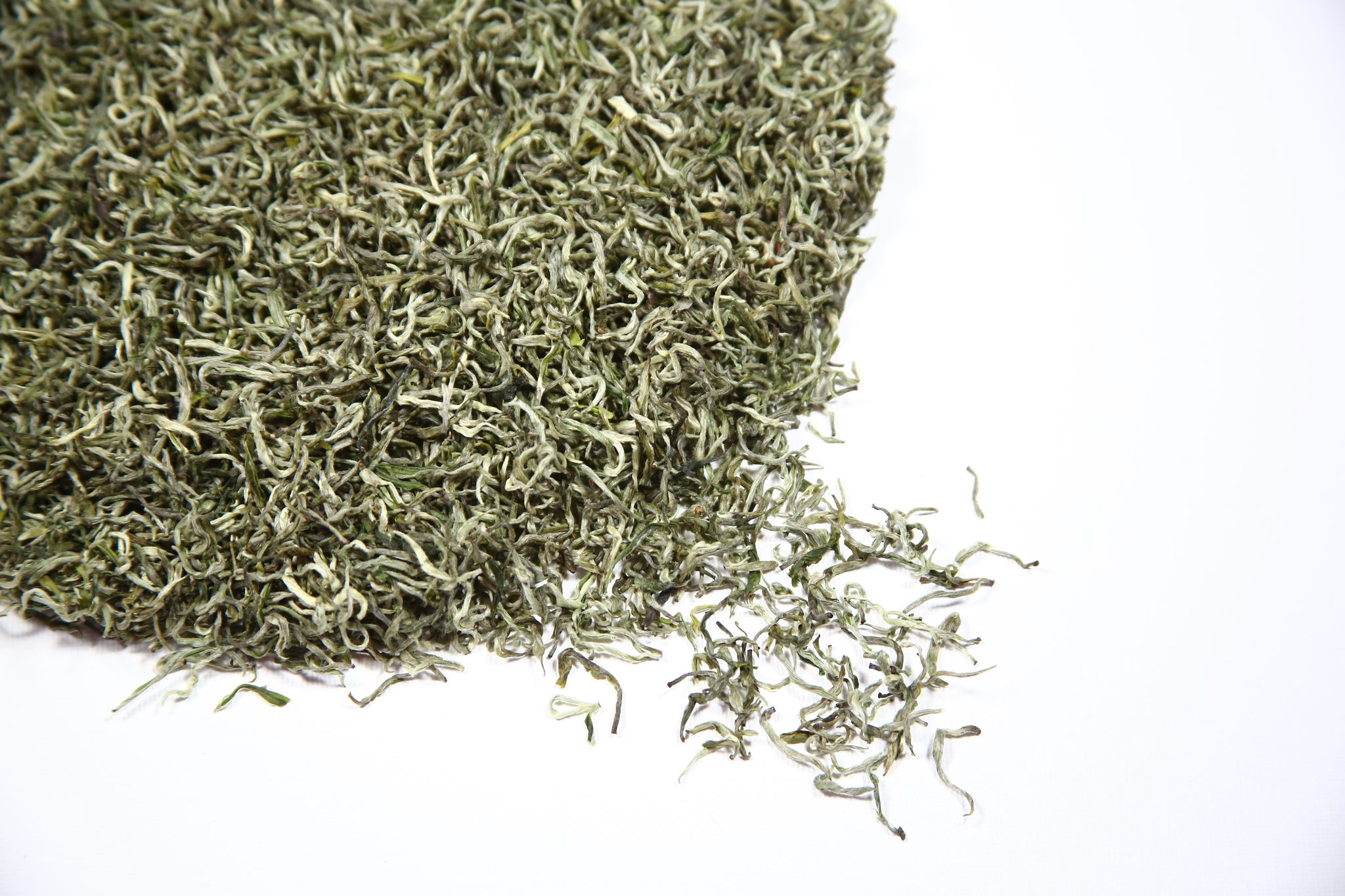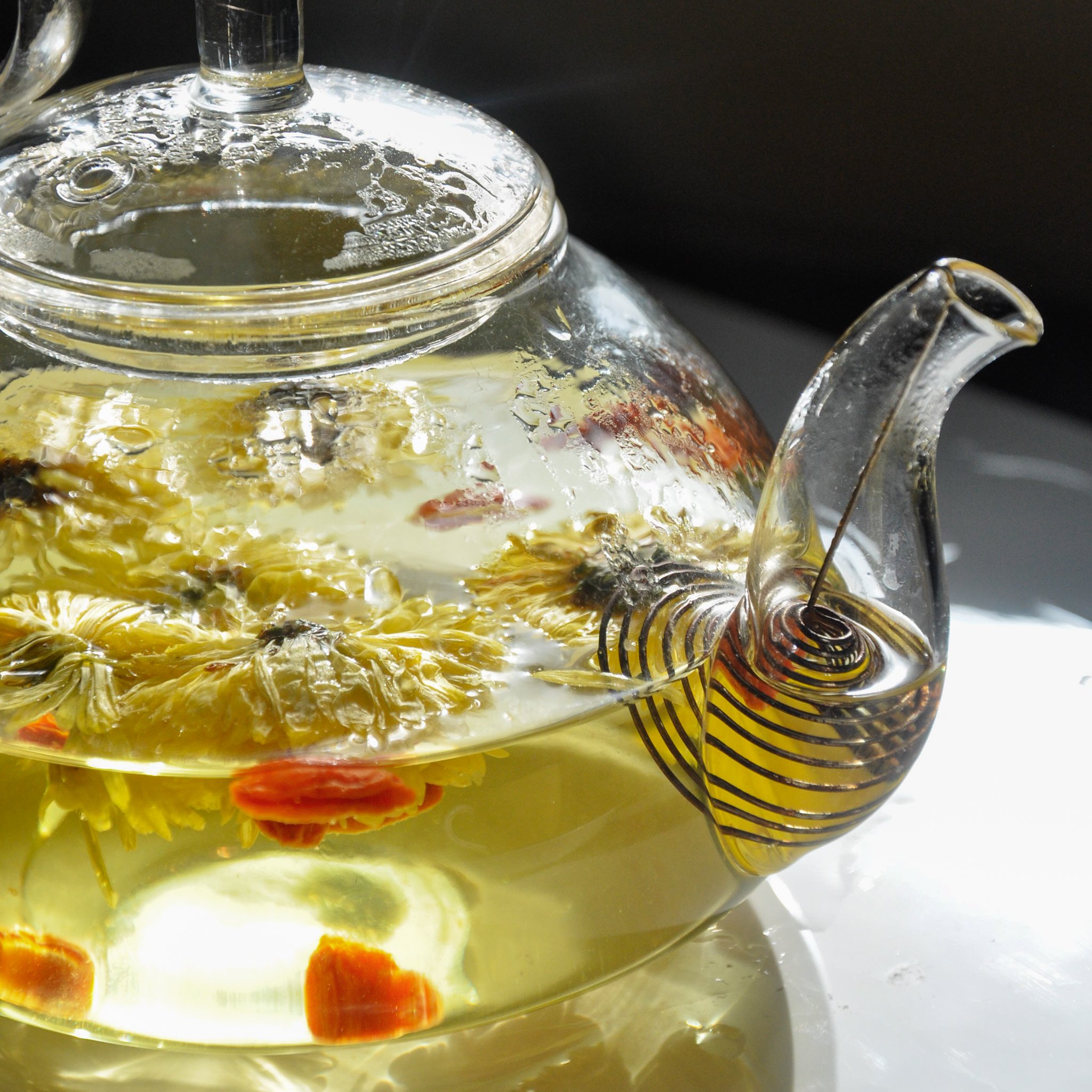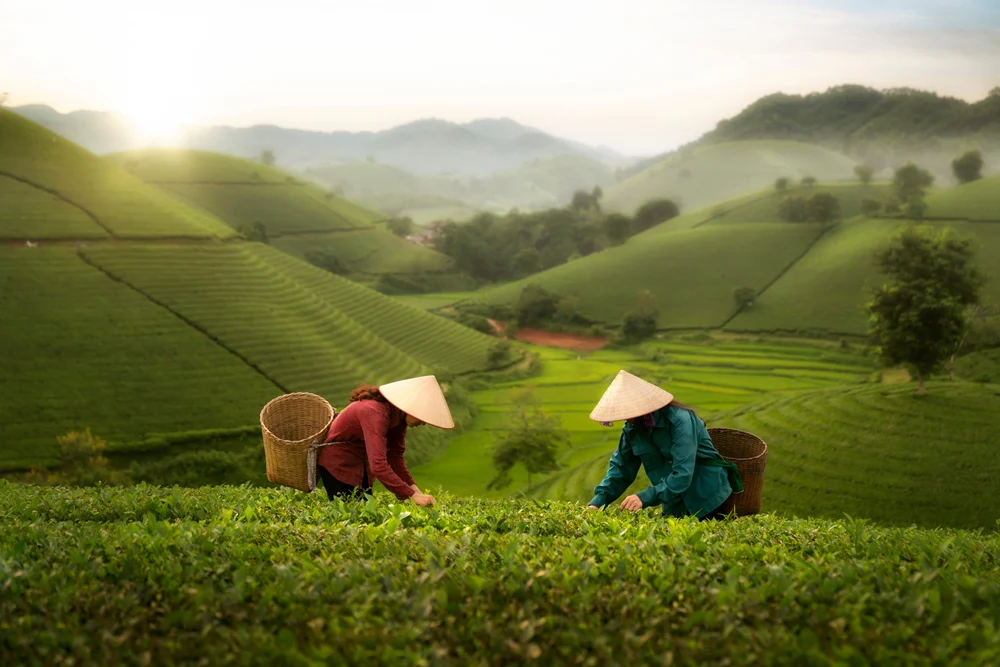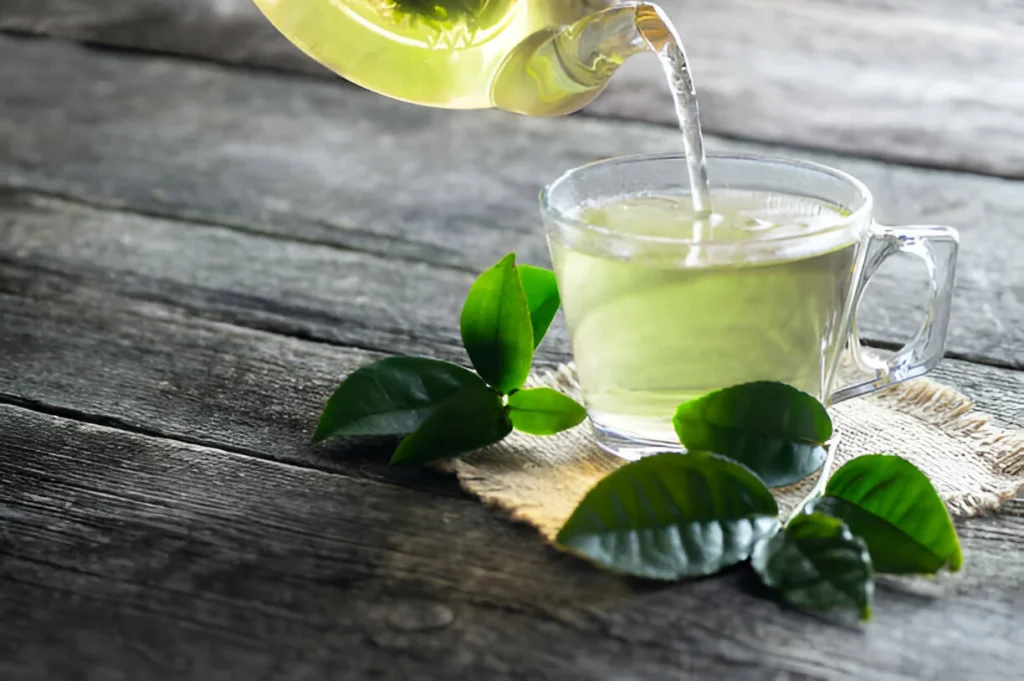Pre-Qing Ming tea is one of the most coveted and revered teas in China, harvested before the Qing Ming Festival, which falls around April 4th or 5th each year. Known as “Ming Qian Cha” (明前茶), this tea represents the first flush of the season, made from tender tea buds and leaves plucked during the cool, misty days of early spring. Its rarity, delicate flavors, and vibrant freshness make it a treasured choice among tea enthusiasts worldwide.
What Is Pre-Qing Ming Tea?
Timing Is Everything
The Qing Ming Festival, or Tomb-Sweeping Day, is a significant date in the Chinese agricultural calendar. Tea harvested before this festival comes from the first budding tea bushes of the year. These young leaves, nurtured by the cooler temperatures and richer nutrients accumulated during the winter, yield teas of exceptional quality and refinement.
Why Is It Special?
- Limited Supply: The plucking window for Pre-Qing Ming tea is extremely short, often lasting only two to three weeks in mid-March to early April.
- Flavor Profile: These teas are known for their delicate, sweet, and umami-rich character, with a soft, smooth texture and a fresh, floral aroma.
- Craftsmanship: Pre-Qing Ming tea is hand-plucked and meticulously processed, ensuring that only the finest young leaves and buds make it to the cup.
Types of Pre-Qing Ming Tea
Pre-Qing Ming tea can come from a variety of tea types and regions, each offering its unique characteristics:
- Longjing (Dragon Well) Tea
- Region: Hangzhou, Zhejiang Province
- Flavor: Sweet, chestnut-like notes with a fresh, vegetal finish.
- Appearance: Flat, spear-shaped leaves with a vibrant green hue.
- Bi Luo Chun (Green Snail Spring)
- Region: Suzhou, Jiangsu Province
- Flavor: Complex, fruity, and floral with a silky mouthfeel.
- Appearance: Tightly curled, downy leaves resembling tiny spirals.
- Huangshan Mao Feng
- Region: Anhui Province
- Flavor: Light, sweet, and slightly nutty with a floral aroma.
- Appearance: Slender, slightly twisted leaves with a fresh green color.
- Junshan Yinzhen (Silver Needles)
- Region: Junshan Island, Hunan Province
- Flavor: Subtle sweetness with a smooth, honey-like finish.
- Appearance: Straight, needle-like buds covered in fine silver fuzz.
Flavor and Aroma
Pre-Qing Ming teas are celebrated for their unparalleled freshness and subtle complexity. Depending on the type, you may find:
- Aroma: Floral notes reminiscent of orchid, jasmine, or lilac.
- Flavor: A delicate balance of sweetness, umami, and light vegetal tones.
- Texture: Smooth, soft, and almost creamy, with a refreshing finish.
- Color: The liquor is typically pale green or golden, exuding clarity and brightness.
Brewing Pre-Qing Ming Tea
To fully appreciate the delicacy of Pre-Qing Ming tea, it’s essential to brew it with care:
- Water Temperature: 160–175°F (70–80°C) to preserve the tea’s delicate flavors.
- Leaf-to-Water Ratio: 1 teaspoon (2–3 grams) per 6 ounces of water.
- Steeping Time: 1–2 minutes for the first infusion; adjust for subsequent infusions.
- Multiple Infusions: High-quality Pre-Qing Ming teas can be steeped 3–5 times, revealing new layers of flavor with each brew.
Use a glass teapot or gaiwan to admire the beauty of the leaves as they unfurl.
Why Is Pre-Qing Ming Tea So Expensive?
The high cost of Pre-Qing Ming tea reflects its rarity and the labor-intensive process involved in its production:
- Limited Harvest: The narrow window for harvesting and the small yield from young tea bushes contribute to its exclusivity.
- Labor-Intensive: Every step, from plucking to processing, is done by hand to ensure the highest quality.
- Exceptional Quality: The unique flavor and freshness of Pre-Qing Ming tea are unmatched by later harvests, making it a prized commodity.
A Seasonal Treasure
Pre-Qing Ming tea is not just a beverage; it is a celebration of spring’s arrival and the artistry of traditional Chinese tea craftsmanship. Whether you savor the nutty sweetness of Longjing or the floral elegance of Bi Luo Chun, each cup of Pre-Qing Ming tea is a fleeting yet unforgettable experience.
If you’re fortunate enough to enjoy this seasonal gem, take a moment to appreciate the meticulous care and centuries-old traditions that have brought it from the misty hills of China to your cup.






